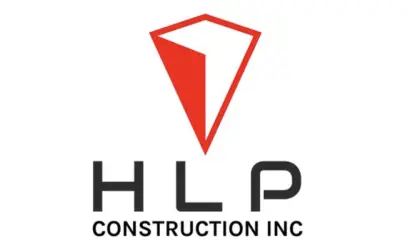The Importance of Fire-Resistant Drywall in Modern Construction
Fire-resistant drywall plays a crucial role in modern construction. It provides essential protection for buildings and their occupants. As fire safety standards become stricter, the need for advanced drywall techniques grows. These techniques not only enhance safety but also improve structural integrity. Understanding the methods and benefits of fire-resistant drywall is vital for builders and homeowners alike.
Understanding Fire-Resistant Drywall
Fire-resistant drywall, often called Type X or Type C, differs from standard drywall due to its composition. It contains glass fibers that help maintain structural integrity during a fire. This type of drywall can delay the spread of flames, providing crucial time for evacuation and response. The key is selecting the right materials and ensuring proper installation.
Drywall Installation: A Key Factor in Fire Safety
Proper drywall installation is critical for maximizing fire resistance. When done correctly, it creates a robust barrier against heat and flames. This process requires precise fitting and secure fastening. Improper installation could lead to weak points that compromise safety. Investing in professional installation ensures that all safety measures are adhered to.
Choosing High-Quality Materials
The quality of materials significantly affects the effectiveness of drywall in fire prevention. Opting for certified fire-resistant products makes a substantial difference. It’s important to check ratings and certifications when selecting materials. High-quality options provide better performance and longevity, justifying the initial investment over time.
Advanced Techniques for Enhanced Protection
Incorporating advanced techniques enhances the fire resistance of drywall installations. Double-layering and staggering joints are proven methods that improve protection. These strategies help minimize gaps where fire might penetrate. Additionally, using specialized tapes and sealants can further increase effectiveness by sealing off potential vulnerabilities.
Common Challenges in Enhancing Fire Resistance
Despite its benefits, enhancing fire resistance through drywall presents challenges. One common issue is ensuring compliance with building codes, which can vary by location. Cost concerns also arise as high-quality materials and expert installation can be expensive. However, balancing cost with long-term safety benefits is crucial for optimal results.
Practical Steps for Homeowners
- Evaluate your current drywall setup for potential upgrades
- Consult with professionals to explore available options
- Prioritize high-quality materials despite higher costs
- Stay informed about local building code requirements
The Impact of Compliance and Standards
Adhering to industry standards and regulations ensures maximum safety. Building codes dictate specific requirements for fire-resistant drywall, including thickness and material composition. Staying compliant with these guidelines not only improves safety but also avoids potential legal issues. Knowledgeable contractors understand these rules and implement them effectively.
Cost Considerations for Fire-Resistant Drywall
While initial costs may seem high, investing in fire-resistant drywall offers significant returns on investment. Higher quality materials last longer and require less maintenance, saving money over time. Additionally, improved safety can reduce insurance premiums, offering financial benefits alongside peace of mind.
Final Thoughts on Enhancing Your Home’s Safety
For those looking to protect their homes and loved ones, enhancing fire resistance through advanced drywall techniques is a wise decision. By choosing quality materials and expert installation, you ensure safety and value. For comprehensive support, contact HLP Construction. Based in Lake Worth Beach, FL, our team specializes in innovative solutions tailored to your needs. Call us at (561) 900-6710 to learn more about how we can help you enhance your home’s safety today.
